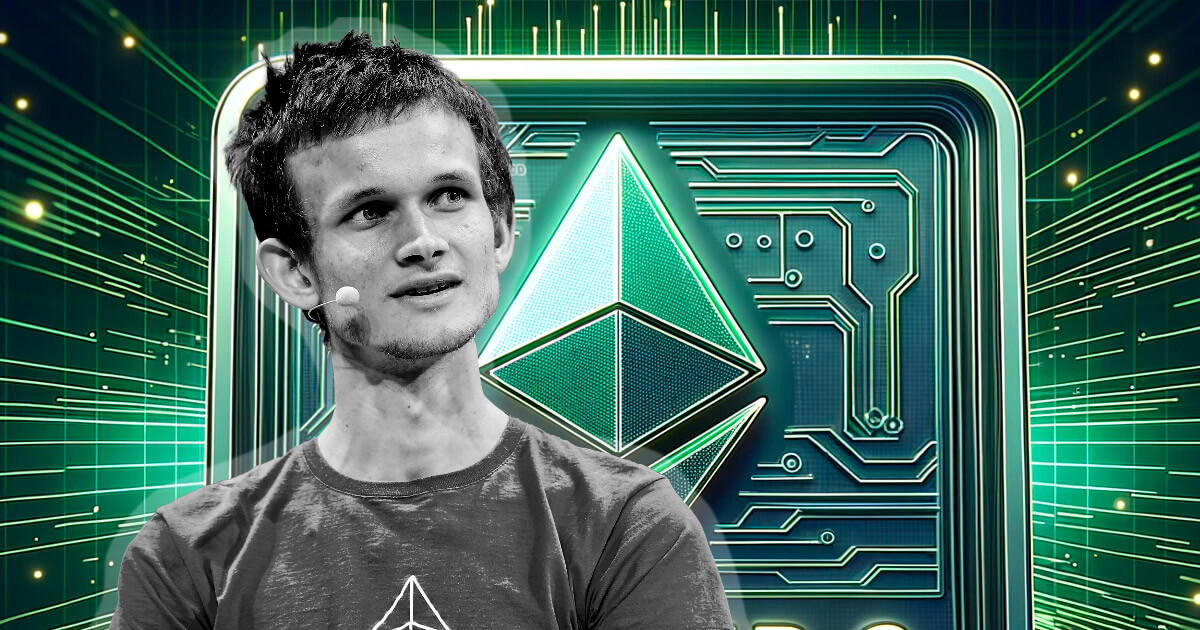Ethereum co-founder Vitalik Buterin has recently emphasized the importance of shifting focus towards building layer-2 (L2) decentralized applications and solutions on the Ethereum network. This call for a mindset shift comes following the successful completion of the Dencun hard fork, which has enabled L2 rollups to achieve scalability by reducing the costs associated with submitting cryptographic proofs to Ethereum’s base layer.
Vitalik Buterin satisfied with the network’s upgrade
Speaking at ETH Global’s Pragma London event on March 14, Vitalik Buterin expressed his satisfaction with the completion of the network upgrade, which has paved the way for basic roll-up scaling. He noted that while this achievement is significant, it marks just the beginning of incremental improvements in Ethereum’s scalability.
During his address to a large audience at the event, Vitalik Buterin highlighted the importance of Ethereum’s roadmap, particularly after its successful transition to proof-of-stake consensus following The Merge in 2022. Many of the milestones outlined in this roadmap were engineering tasks, several of which were realized with the finalization of the Dencun hard fork.
One notable improvement introduced by Dencun is the Ethereum Improvement Proposal (EIP-4844), which alters how Ethereum rollups store data on the mainnet. Traditionally, layer-2 rollups process transactions off-chain and submit a summary proof of these transactions to the Ethereum blockchain. EIP-4844 introduced a more cost-effective way for rollups to add data to blocks by introducing blob space as a replacement for using call data for storage.
Shifting towards an Ethereum 2.0 mindset
The adoption of Proto-danksharding, as proposed by EIP-4844, allows rollups to attach data blobs to blocks without making the data accessible to the Ethereum Virtual Machine. This data is automatically deleted after 18 days, addressing the historical challenge of expensive storage costs associated with on-chain data.
Vitalik Buterin also reflected on Ethereum’s evolution over the past decade, noting that the ecosystem needs to transition from an inwardly focused period to one that has a significant impact on the broader internet and financial systems. He emphasized the need for Ethereum to break out and make a substantial impact in the world, particularly as it enters its second decade of existence.
The Dencun hard fork marks a significant milestone in this narrative, signaling a shift away from a layer 1-centric focus towards a more L2-centric approach. Buterin anticipates that Ethereum’s base layer will transition from rapid changes to a phase focused on maintenance, with an increased emphasis on L2 solutions and application development.
Buterin also praised the tools available within the ecosystem, such as zero-knowledge proofs, which enable developers to build more scalable applications while preserving user privacy. He encouraged developers to adopt an “Ethereum 2.0” mindset, leveraging contemporary tools and protocols like L2 rollups to unlock improved privacy, security, and performance benefits.





